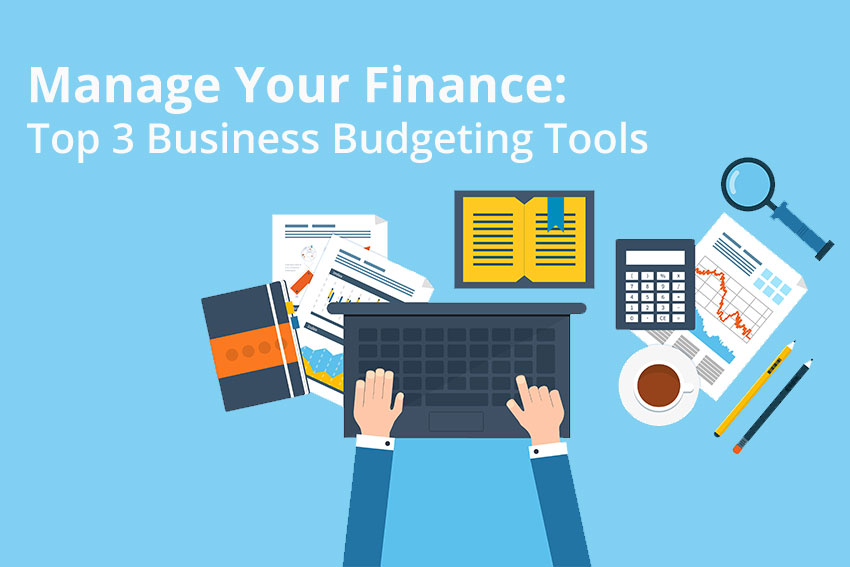
Manage Your Finance: Top 3 Business Budgeting Tools
When it comes to managing your business finances, budgeting tools can be a great way to remove some of the workload. That is if you’re using the right tool. The right budgeting tool can make managing your money more effective, efficient and some even might say, more enjoyable.
So here’s a list of the top budgeting tools we recommend you consider using to manage your money.
In this guide, we’ve listed our top three business budgeting tools and described their main features, as well as their pros and cons. So that you can make an informed decision which is tailored to your businesses needs.
YNAB ( You Need A Budget)
YNAB is a simple but sophisticated paid software which allows you to manually add transactions even from financial institutions into the program in order to keep a better track of your finances.
This software has an intuitive interface, which in overall, is very easy to use and understand. Offering minimal reporting options such as category spending, payee spending, trends, income versus expenses and net worth.
YNAB offers mobile apps for both Android and iOS devices – which you must have a Dropbox account set up to use. This way you can add transactions, view all your accounts and adjust your budget all on the go.
Their website (YNAB) can provide you with a whole host of written and video guides to help you learn your way around the software.
Pros:
- Easy to use – which makes it suitable for anyone
- Uses a familiar spreadsheet layout that is user-friendly and easy to understand
- You can create monthly budgets in just minutes
- It encourages you to live on last month’s income rather than future income.
Cons:
- Can’t automatically connect to financial institutions, you have to manually upload your transactions
- No investment report
- The budgeting system isn’t suitable for more complicated budgeting needs.
- Simplicity means the software has fewer advanced features and functions, compared to other services
Personal Capital
If you need a tool where you can monitor both your budget and investments all in the same place, Personal Capital could work for you.
With this tool, you’re able to link the software with all your financial institutions (such as your investment portfolio, current and savings accounts, credit or any other loan accounts) and have all the transactions automatically downloaded – or you can upload them manually, the choice is yours.
Personal Capital has both a free and a premium version, which you can purchase to unlock extra features. The free service is focused on investing and retirement planning. Some of the features include; a retirement planner, cash flow analyser for budgeting, investment checkup, an upcoming bills report, email notifications summarising your investment portfolio and spending.
Pros:
- Monitor all of your financial accounts in real time – from a browser or an app
- Get objective investment advice designed to make you money (not the advisor)
- Provides investment options tailored to your goals
- Bank level military grade encryption to ensure security
Cons:
- Cannot reconcile your monthly bank statements
- You cannot create customised categories
- The spending feature is only available on the mobile app and website
- PC has predetermined asset allocation models which also cannot be customised
Mint
Mint is effectively a great online personal finance service which you can access from any browser or mobile device, without having to install any software.
Once you link it to your financial institutions it will provide you with a wealth of information in just minutes, from spending, budgets and even trends. It also has the ability to track income, assets and liabilities.
Mint’s primary feature is all about budgeting and tracking your expenses. It categorises everything for you – even allowing you to create your own subcategories. Another key feature is its ability to memorise repeating transactions and automatically match it to the appropriate category in the future.
Pros:
- Automatic downloaded transactions
- Credit score tracking
- Weekly summaries and alerts via email or SMS
- Two-factor authentication
Cons:
- Lack of investment features
- Lack of report generation – the only way to generate a report is by exporting a CSV file
- You cannot reconcile against your monthly bank statements
- You cannot import data from other personal finance applications into Mint
